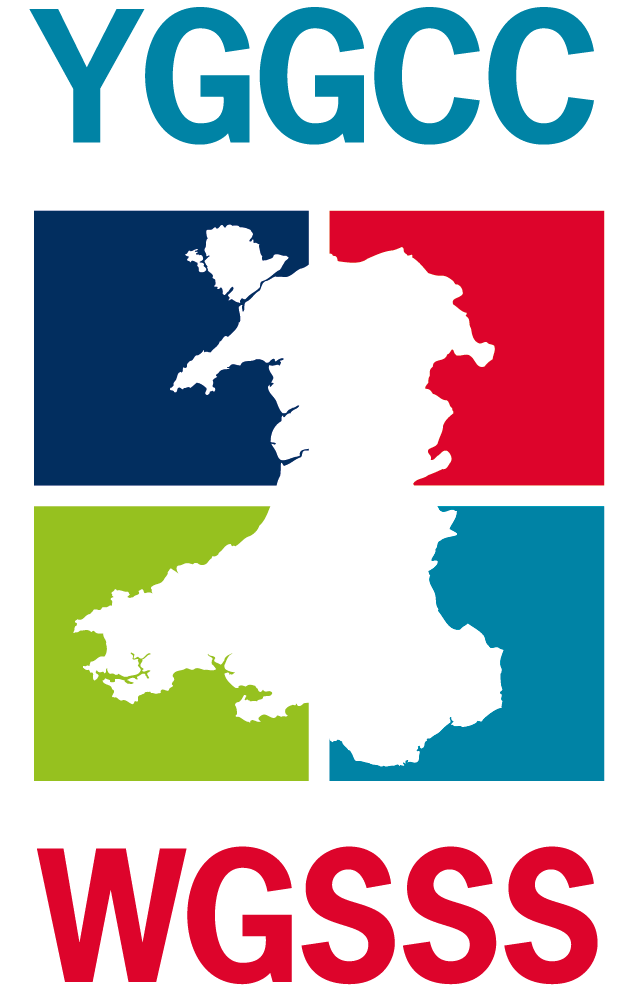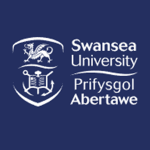Other supervisor(s):
Start date: October 2024 (Full time)
Award: General
Subject Pathway:
Journalism, Digital Media and Democracy
Thematic Cluster:
Rights and Governance Cluster
News Censorship, Transitology and the Adaptability of News Control in Democracy Process: Paradox of Journalism Freedom
According to Freedom House (2023), freedom of media and personal expression have declined over the last 17 years. Studying press freedom in 12 countries of the Eurasian region including Central Asian countries (Kazakhstan, Kyrgyzstan, Tajikistan, Turkmenistan, and Uzbekistan), Freedom House emphasised that only 23% of media is partly free, and the other 67% is not free at all. Moreover, it articulates that authoritarianism dominates Eurasia (2023:27). With decreasing press freedom around the world and a full understanding of the role of journalism in the democratic world, it is necessary to explore the relationships between journalism, democracy, and censorship to interpret the political transitions as in non-democratic and democratic countries. This research focuses on Uzbekistan, the less explored facets of journalism study, and makes a significant contribution to the field of media studies by offering a detailed analysis of an overlooked area: the evolving media landscape in Central Asia.
This research articulates by B.Zelizer (2013), K.Wahl-Jorgensen & T.Hanitzsch (2020), and J.Grönvall (2015) that journalism is the central figure in democracy and non-democracy, and it can exist without democracy, but democracy cannot exist without free journalism. Today, the media landscape in Central Asia is undergoing crucial changes mainly dominated by the geopolitical tensions that reshape the political, economic, and social systems of the region. This research aims to explore the evolution of censorship in Central Asian journalism, focusing on its role in transitology amidst political and geopolitical tensions. It provides a comprehensive analysis of the current Central Asian media landscape and demonstrates the process of liberalisation with setbacks from time to time, this study explores the failure of democratisation and liberalisation. Previous scholars, studying Asian journalism, mostly explored the media systems of China, Malaysia, and Singapore. However, K.Wahl-Jorgensen and T.Hanitzsch (2020) underlining the rich complexity of journalistic mediascapes, stated that journalism research needs to generate more knowledge, especially focusing on non-Western society to create truly international approaches. Central Asian journalism is still uncovered and this research aims to extend the existing theory and develop a roadmap for further studying journalism in the global context.
This research employs mixed methods to explore meaningful phenomena of the relationship between journalism, democracy, and censorship in the Central Asian region. This study conducts auto-ethnography analysis, semi-structured individual interviews with media people, a survey of media people, and critical discourse analysis of relevant documents. These methods were chosen by analysing the strengths and weaknesses of each of them. CDA analysis of digital newspapers and Internet Media official and private in Uzbek and Russian languages introduces how language is used to promote specific ideology and support institutionalisation of self-censorship when the line between ‘authoritarian intervention ends and voluntary acceptance begins’ is blurring (C.George, in The Handbook of Journalism Study, 2020:543). Using auto-ethnography analysis, this research describes and analyses personal experience to understand the correlation between censorship and the occupational culture of journalists in Uzbekistan. This method generates a more comprehensive analysis to illustrate facets of cultural experience in journalistic transition. Finally, to exclude the weaknesses of auto-ethnography analysis, such as personal narrative, being self-indulgent or introspective, this study conducts 20-50 interviews with media people around Uzbekistan in Uzbek and Russian language. This method explains and details previous results and contributes to the iterative interpretations. To protect all interviewees, these interviews will be conducted online with further coding to conceal the identity.
Research Impact
Through this research, we will receive input in the exploration of the relationship between journalism, democracy, and censorship, as well as:
- The analysis of the evolution of media control in Uzbekistan and Central Asia in general and its influence on democratic process in the region
- The evaluation of the impact of recent political situation and geopolitical tensions on press freedom
- The analysis of how journalists navigate censorship and state pressure in transition period
- Input in the exploration of the relationship between journalism, democracy, and censorship
Key Impact:
- Extend the existing theory of journalism and enrich the scholarly discourse on this subject matter
- Develop a roadmap for further studying journalism in the global context and unexplored Central Asian media dynamics
Bibliography
- C.George, in Wahl-Jorgensen, K., & Hanitzsch, T. (Eds.). (2020). The handbook of journalism studies (2nd edition.). Routledge is an imprint of the Taylor & Francis Group, an informa business.
- Freedom House, 2023. Freedom in the World 2023. [Online] Available at: https://freedomhouse.org/sites/default/files/2023-03/FIW_World_2023_DigtalPDF.pdf (Accessed 2nd December 2024).
- Grönvall, J. (2015). De-coupling of journalism and democracy: Empirical insights from discussions with leading Nordic media executives. Journalism, 16(8), 1027-1044. [Online] Available at: https://doi.org/10.1177/1464884914554174 (Accessed 2nd December 2024).
- Hanitzsch, T. and Vos, T. P. (2018) ‘Journalism beyond democracy: A new look into journalistic roles in political and everyday life’, Journalism, 19(2), pp. 146–164. [Online] Available at: doi: 10.1177/1464884916673386 (Accessed 2nd December 2024).
- Wahl-Jorgensen, K., & Hanitzsch, T. (Eds.). (2020). The handbook of journalism studies (2nd edition.). Routledge is an imprint of the Taylor & Francis Group, an informa business.
- Zelizer, B. (2013). On the shelf life of democracy in journalism scholarship. Journalism, 14(4), 459-473. [Online] Available at: https://doi.org/10.1177/1464884912464179 (Accessed 20th November 2024).


